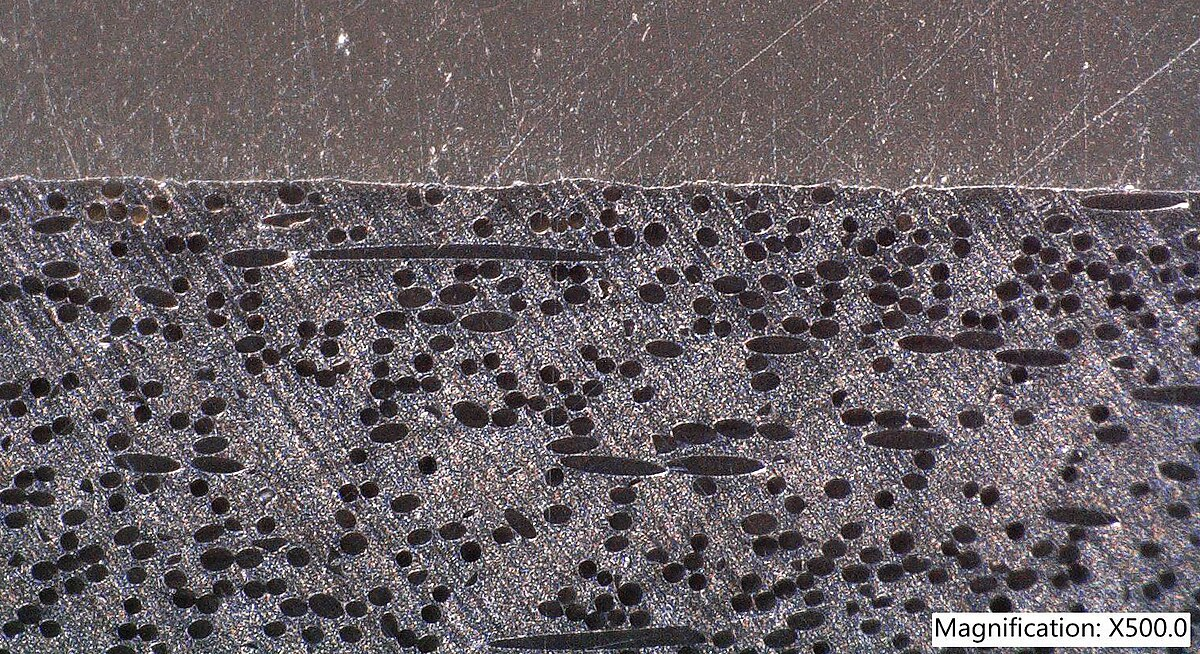Global Plastic Recycling & Pelletizing Solutions White Paper

Chapter 1 – Industry Background and Market Overview
The global demand for plastics continues to rise, while environmental pressure to reduce waste and carbon emissions is intensifying. According to the United Nations Environment Programme, annual plastic production exceeds 400 million tons, with packaging accounting for nearly 40 percent of that total. Traditional disposal methods—landfilling and incineration—waste valuable resources and generate greenhouse gases.
Driven by carbon-neutral targets and the principles of a circular economy, mechanical recycling and pelletizing have become critical to lowering emissions and reclaiming material value.
Global Market Trends
· Asia–Pacific: China, India, and Southeast Asia are expanding at a compound annual growth rate (CAGR) of more than 8 percent as infrastructure for collection and sorting improves.
· Europe: EU Packaging and Waste Directives push for high recycled-content standards in automotive and construction applications.
· North America: Mature beverage-container deposit systems and appliance recycling programs keep recovery rates climbing.

Technology Advancements
High-efficiency sorting systems, automated washing lines, and smart monitoring on plastic pelletizing machines now produce recycled pellets with quality comparable to virgin resin.

Chapter 2 – PET Bottle Flakes Pelletizing Machine Solution
Feedstock Characteristics
Polyethylene terephthalate (PET) bottles, edible-oil containers, and polyester textiles offer high crystallinity, tensile strength, and excellent recyclability, making PET flakes the most valuable recycled plastic stream.
Process Flow
1. Crushing & Hot Washing: Alkaline washing removes labels, adhesives, and oil residues.
2. Sorting & Metal Removal: Density separation and eddy-current systems eliminate metals and foreign polymers.
3. Crystallization & Drying: Reduces moisture below 0.004 % to prevent hydrolytic degradation.
4. Melt Extrusion: Twin-screw extruders achieve homogeneous melt and efficient devolatilization.
5. Pelletizing: Underwater pelletizer or water-ring pelletizer provides uniform pellets.
Quality Control
· Color and yellowness index (b-value) monitoring
· Intrinsic viscosity (IV) measurement to certify food-contact or fiber applications
Applications
· Textile fiber spinning
· Food-grade bottle preforms
· Film and sheet extrusion

Chapter 3 – Pelletizing Solution for Recycled PP
Feedstock Sources and Challenges
· Sources: woven sacks, appliance housings, automotive interior parts, disposable food containers
· Challenges: color variation, surface oil, filler content, and oxidative degradation
Core Technologies
1. Pre-Treatment
o High-temperature friction washing and centrifugal dewatering
o Near-infrared (NIR) sorting to separate PP from PE
2. Melt Modification
o Compatibilizers to improve impact strength
o Vacuum degassing to remove volatiles and odor
3. Pelletizing Process
o Plastic extrusion pelletizing line equipped with twin-screw extruder, automatic feeding, and continuous screen changers
o Cutting methods: underwater pelletizer for high throughput and consistent particle size, or strand pelletizer for medium-scale lines
Economic & Environmental Benefits
· Recycled PP costs only 50–70 % of virgin material
· Every ton of recycled PP reduces approximately 1.5 tons of CO₂ emissions

Chapter 4 – Nylon PA Compounding and Pelletizing
Market Demand
Nylon PA6 and PA66 are core engineering plastics with exceptional strength, wear resistance, and thermal stability, widely used in automotive engine components, electrical connectors, and industrial gears. Recycled nylon reduces costs and carbon footprint but requires careful handling.
Processing Challenges
· Moisture Sensitivity: Nylon absorbs water readily; inadequate drying leads to chain scission and strength loss.
· Mechanical Property Restoration: Recovered PA must be compounded with glass fiber, mineral fillers, or flame retardants to regain mechanical performance.
Technical Essentials
1. Advanced Drying
o Vacuum or desiccant drying to moisture levels below 0.08 %
2. Twin-Screw Compounding
o High-shear mixing ensures even dispersion of glass fiber without fiber breakage
o Side feeding for flame retardants or fillers to minimize thermal degradation
3. Compounding Pelletizing System
o High-torque screws, vacuum venting, and gravimetric loss-in-weight feeders
Quality Monitoring
· Tensile and impact strength testing
· Heat deflection temperature (HDT) measurement

Applications and Value
· Automotive engine covers, under-hood parts
· Electrical connectors
· Sports equipment
· Glass-fiber-reinforced recycled PA can sell for up to three times the price of standard recycled plastics
· Each ton of recycled PA reduces approximately three tons of CO₂ emissions
Chapter 5 – Operational Best Practices
Reducing Fines
· Maintain stable melt pressure to avoid screw-feeding fluctuations
· Keep precise blade-to-die clearance
· Replace worn cutter blades regularly
Underwater Pelletizer Common Problems
· Clogging: Check water temperature and pressure to maintain consistent melt flow
· Irregular Pellet Shape: Adjust blade speed and die-plate temperature
Causes of Non-Uniform Pellets
· Feedstock moisture variation
· Improper temperature zoning
· Inconsistent feeding rates

Chapter 6 – Cost Analysis and Return on Investment
Cost Components
· Capital Expenditure: pelletizing line, washing systems, drying equipment
· Operational Costs: electricity, steam, labor
· Maintenance & Consumables: screws, blades, screen packs
ROI Calculation
For a line producing 10,000 tons annually, the total investment is roughly USD 900,000. With yearly raw-material and energy costs of about USD 5 million and sales revenue of USD 7 million, payback can be achieved in 12–18 months.
Equipment Selection Criteria
· Required throughput and feedstock type
· Cutting method—underwater vs. strand—based on capacity and pellet uniformity needs
· Level of automation and energy efficiency
Chapter 7 – Emerging Trends and Future Outlook
1. Integration of Chemical and Mechanical Recycling
Advanced depolymerization can revert plastics to monomers, complementing mechanical pelletizing for closed-loop systems.
2. Smart Manufacturing and IoT
Modern plastic pelletizing machines increasingly include sensors and cloud-based platforms for remote monitoring and predictive maintenance.
3. Renewable Energy in Pelletizing Plants
Solar and wind-powered facilities are moving from pilot projects to commercial reality, supporting net-zero targets.
4. Regulatory Momentum
EU mandatory recycled-content standards and North American sustainable-packaging certifications will further boost demand for high-quality recycled pellets.

Conclusion
From PET bottle flakes pelletizing machine lines to pelletizing solutions for recycled PP and nylon PA compounding and pelletizing, advanced technologies in plastic extrusion pelletizing lines, underwater pelletizers, and strand pelletizers are enabling a truly circular plastics economy.
By investing in the right equipment, optimizing processing parameters, and embracing intelligent automation, manufacturers can reduce production costs, meet stringent sustainability targets, and secure a competitive edge in the rapidly expanding global market for recycled plastic pellets.